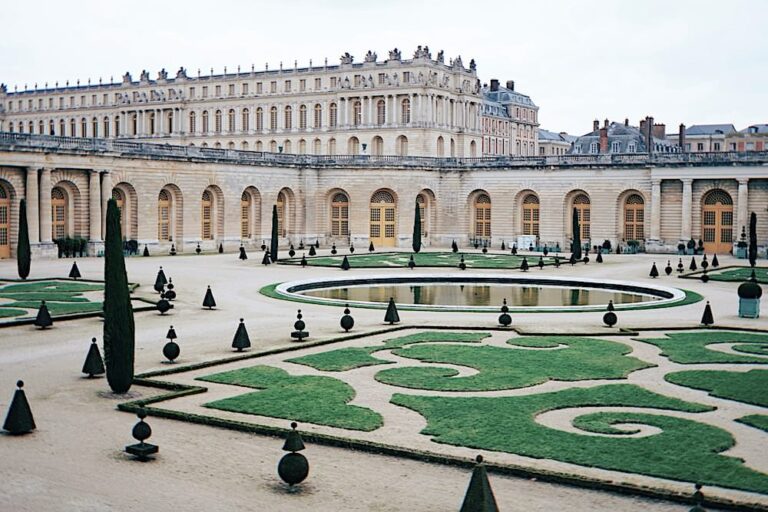le flux sonore
One of the essential differences between the English and French languages is the concept of “le flux sonore,” or “sound flow” in French.
A French sentence should sound like a more or less continuous flow of sound, interrupted only by small pauses for commas and longer pauses for full stops. In order to achieve this, French uses techniques such as elision and liaison. Elision means replacing vowels with apostrophes, so for example “je ai” becomes “j’ai.” Liaison means connecting the final consonant of the first word to the first vowel of the second word, so that “vous avez” is pronounced VOO ZAH VAY, rather than VOO AH VAY.
Another technique used in French to facilitate the production of “un flux sonore” is the absence of stress on any particular syllable of a word other than the last. This contrasts with English, where a word like “reservation” is pronounced REH ZER VAY SHUN, with the stress on VAY. In French, however, “réservation” is pronounced RAY ZAIR VAH SEE ON, with the stress on the last syllable ON.
So if your French doesn’t sound smooth, creamy and continuous, it is because you are not yet producing a good quality “flux sonore.” You are separating it into discrete words, rather than letting it all flow together. You are not taking advantage of liaison and elision to help sonically smooth out your sentences.
Try speaking French in a monotone, without chopping up your sentence into a series of separate elements. English sounds by nature choppy, whereas French sounds by nature smooth. If you’re speaking choppy French, you’re either a rapper or you’re not paying attention to achieving a nice “flux sonore.”






